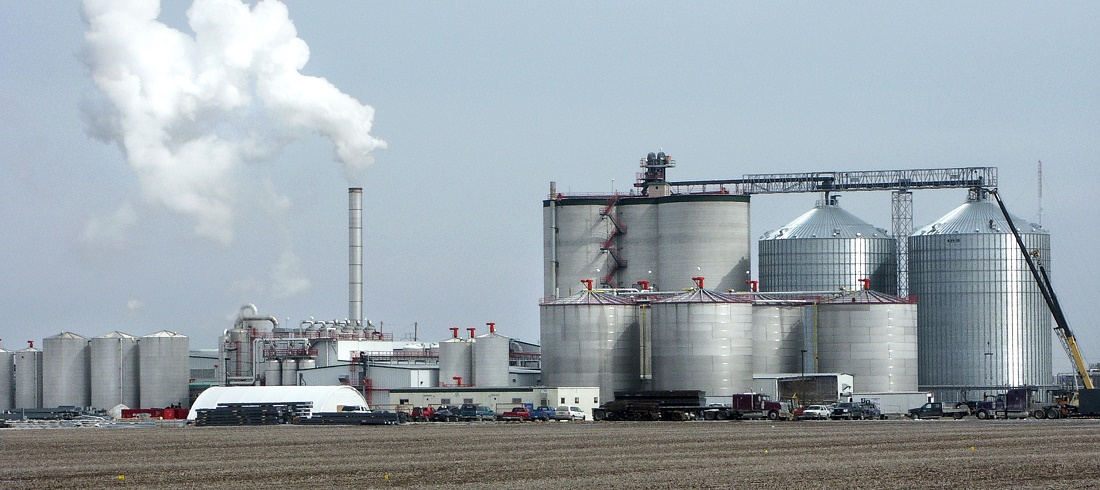
Ethanol prices jump as farmers delay harvest and demand increases
Apr, 17, 2019 Posted by datamarnewsWeek 201917
Hydrous ethanol prices in São Paulo state, Brazil’s largest consumer of fuel, jumped to R$1.896 per liter last week, 15.07% higher than the week before, the highest weekly increase since 2010 according to agriculture research body Cepea/Esalq. Delayed harvesting at cane mills coupled with increased demands ahead of a national holiday have resulted in a shortage of supply at the country’s fuel distributors.
“Ethanol supply was low, due to rains in the state, while fuel distributors were active buyers ahead of the Easter holiday,” Cepea announced in a note.
Most cars in Brazil can run on both hydrous ethanol and gasoline, however, the price gap is growing as state-run Petrobras continues to increase gasoline prices, putting pressure on ethanol stocks. According to Reuters who spoke to Datagro chief analyst Plinio Nastari, cane mills cannot cope with the increasing demands even with many mills operating 24 hours.
A dry spell in December and January, followed by heavy rain in March and over the last few weeks has also delayed development of the 2019/20 season cane crop in the country’s cane producing regions. As a result, many cane mills decided to wait for better cane development before starting processing.
High oil prices are likely to cause mills in Brazil to continue favoring ethanol production over sugar production. According to Reuters, the mills allocated a record-low 35% of cane to sugar production in the last season.
Nastari disclosed Brazil’s sugar production dropped by 9.56m tons in the last crop cycle, whereas ethanol production rose by 5.23bn liters.
É preciso compreender as vantagens da diversificação. Na última safra recém encerrada, produtores brasileiros reduziram a produção de açúcar em 9,56 milhões de tons e aumentaram a de etanol em 5,23 bilhões de litros. Qual seria o preço mundial do açúcar sem esta diversificação?
— Plinio Nastari (@PlinioNastari) 15 April 2019
Unica data shows Brazil’s sugar production plummeted in the 2015/16 season to 33.84m tons; however, the country bounced back in subsequent years. The following graph (based on Unica data) displays Brazil’s sugar and ethanol production patterns for the last five seasons:
The following graph using data from Secex and DataLiner shows Brazil’s sugar export trends over the previous ten years:
-
Sugar and Ethanol
Apr, 24, 2019
0
Brazil expects record ethanol production in 2018/19
-
Sugar and Ethanol
Aug, 14, 2019
0
Sugar subsidies could motivate WTO dispute against India
-
Sugar and Ethanol
Mar, 27, 2019
0
Brazil’s late cane harvest could catch NY sugar traders by suprise
-
Sugar and Ethanol
Jun, 04, 2019
0
Record sugar shipment volume handled at Port of Paranaguá


